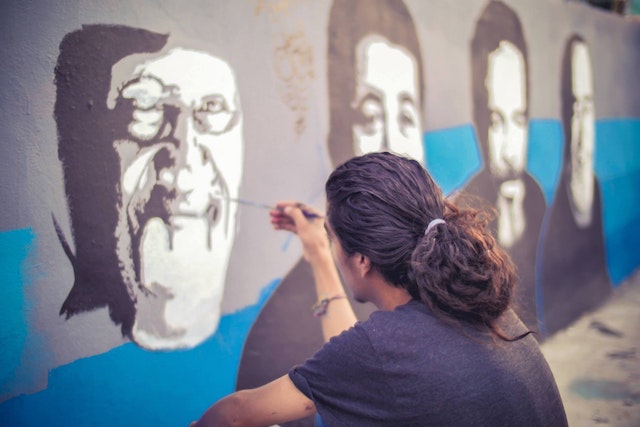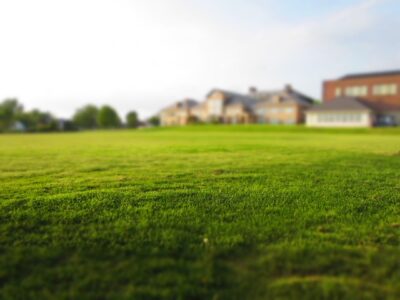For residents of Boise, the growing capital of Idaho, keeping your home looking its best is a point of pride. A fresh coat of paint can do wonders to enhance your home’s curb appeal or revitalize its interior ambiance. Whether you’re contemplating an interior makeover or revamping your home’s exterior, painting in Boise is a transformative process. However, it’s essential to understand the significant distinctions between interior and exterior painting, as these will be key considerations when you hire professional painting services.
Surface Preparation – The Foundation
For interior painting projects, the initial step involves thorough surface preparation. This process typically includes cleaning the walls to remove dust, dirt, and grease. Any cracks or holes are meticulously filled and sanded to achieve a smooth surface. Additionally, painter’s tape is applied to protect areas that shouldn’t be painted, such as trim and baseboards. Priming the walls may be necessary in certain instances to ensure uniform paint coverage.
In contrast, exterior painting demands a more extensive preparation process. It starts with power washing the exterior to eliminate dirt, mildew, and loose paint. Any areas with peeling or flaking paint require scrupulous scraping and sanding to achieve a smooth finish. It’s noteworthy that houses built before 1978 may have lead-based paint, necessitating specialized precautions. Once the surface is properly prepped, applying a high-quality primer becomes essential to enhance paint adhesion and provide protection against the elements.
Paint Types – Choosing the Appropriate Formulation
Interior paint comes in various formulations, with latex and oil-based paints being the most common. Latex paint, known for its easy cleanup with water and quick drying time, is a preferred choice for indoor projects. It’s ideal for walls, ceilings, and most interior surfaces. Conversely, oil-based paints offer a durable finish suitable for high-traffic areas like kitchens and bathrooms. However, they emit strong odors and require the use of mineral spirits for cleanup.
Exterior paint is engineered to withstand harsh weather conditions, making it more durable than interior paint. Acrylic latex paint is a popular choice for exteriors, offering outstanding durability, flexibility, and resistance to fading. It also adheres effectively to a variety of surfaces. A solid stain is a suitable option for wooden exteriors, providing protection while allowing the natural wood texture to shine through. Regardless of the type chosen, investing in high-quality paint ensures the longevity of your exterior paint job.
Weather Considerations
Interior painting benefits from a controlled environment, free from external weather variables. However, it’s essential to pay attention to indoor climate conditions. Avoid painting on exceptionally humid days, as this can lead to slow paint drying and issues like blistering.
Embarking on an exterior painting project means dealing with the unpredictability of Mother Nature. Weather conditions significantly impact the outcome of your project. Ideally, painting should take place when temperatures range from 50°F to 85°F, with a few consecutive days of dry weather predicted. Painting in direct sunlight can lead to rapid drying and uneven finish. Rain and high humidity can also compromise paint adhesion and lead to premature peeling.
The Bottom Line
In summary, understanding the unique requirements and distinctions is crucial whether you’re considering interior or exterior painting services. Interior painting in Boise necessitates meticulous surface preparation and a choice between latex and oil-based paints. On the other hand, exterior painting calls for heightened attention to weather conditions and the use of resilient exterior paint formulations. By recognizing these key differences, you can confidently rely on professional painting services to transform your home into a stunning masterpiece.
Related Post:







